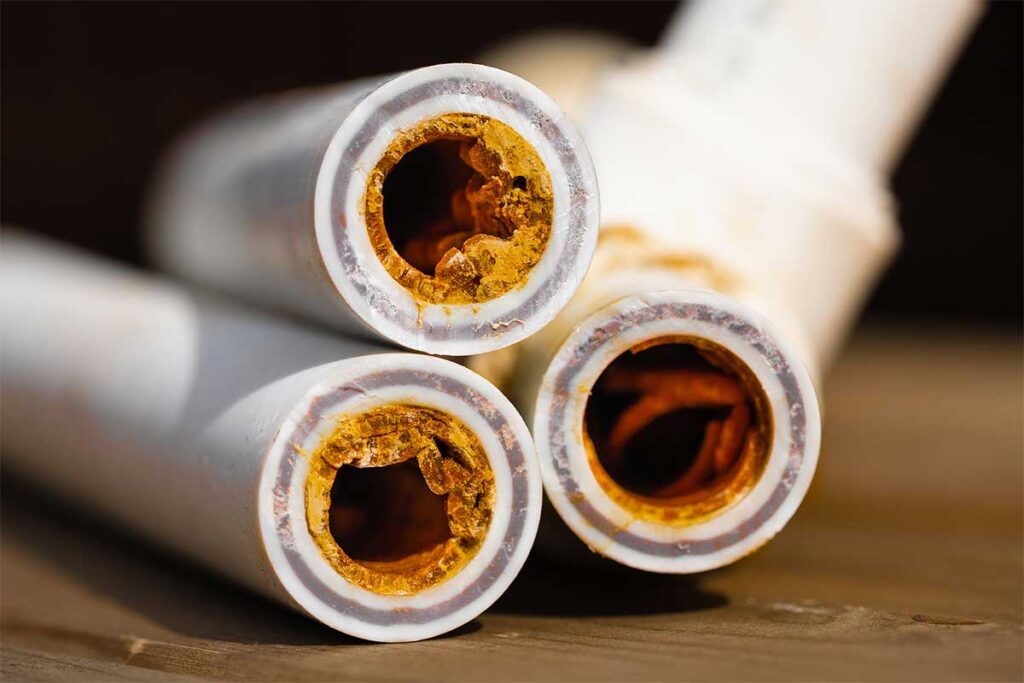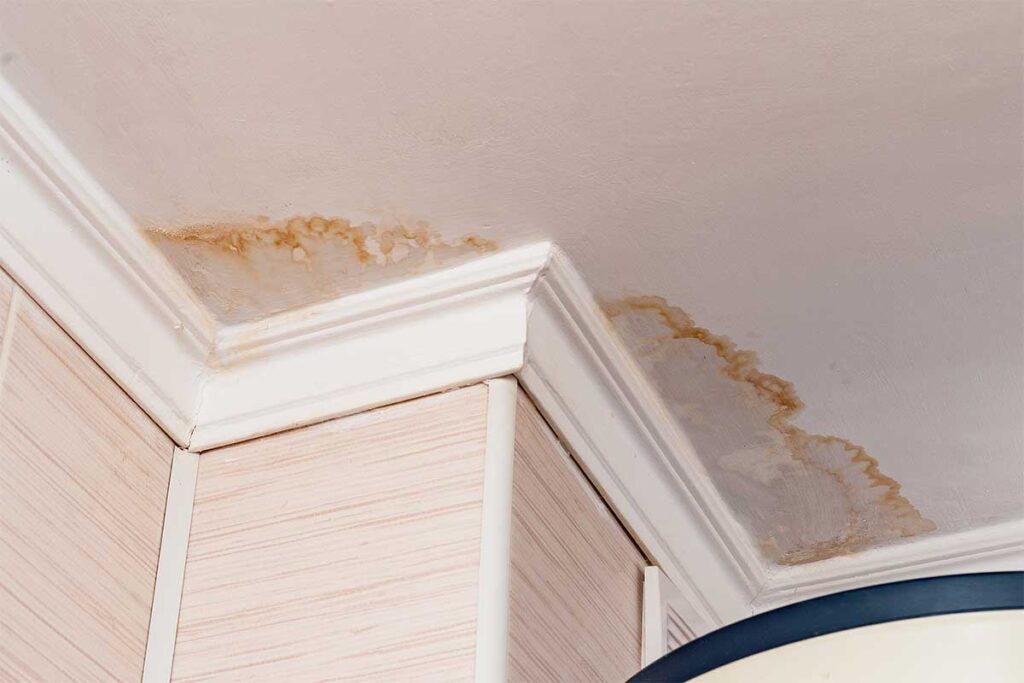Check Your City Water Pressure First
Before you do anything else, you may want to check around the neighbourhood. Ask neighbours and friends if they are experiencing water pressure issues. It may be that the problem is an external one, from the city water supply itself. You should then contact your municipality. Tell them that there appears to be a water pressure issue in your area, and ask if they can check into it. If it turns out the neighbourhood’s water pressure is fine, then you’ll need to take steps to figure out what is wrong specifically with the water pressure in your dwelling.
Check the Water Pressure in All Your Taps
You should try out all of your home’s water taps. See if the water pressure is better out of some than in others. It’s fairly common that higher elevations, such as a second or third floor, might have lower water pressure; however, if everything is sound with your plumbing system, all areas of the house should have an adequate water supply and pressure.
If you find that some taps are experiencing lower water pressure than others, then you can be pretty sure that the issue is limited in scope – it’s likely an issue with just those taps. There are steps you can take to address those specific areas or fixtures, rather than having to address your whole home’s water pressure.
Mineral Buildup – a Common Source of Water Pressure Issues

Mineral deposits in taps and pipes can lead to significant loss of water pressure out of any faucet, tap or showerhead. These accumulations of calcium and other minerals can really inhibit the flow of water out of the tap, sometimes to just a trickle. It’s an especially common issue in areas with what’s known as “hard water” – or water with high mineral content – particularly calcium and magnesium. There are, of course, many water softening treatments out there – your home may already have a system in place. Nevertheless, taking steps to unclog your taps and pipes of these mineral build-ups can have a positive effect on your water pressure. The removal of them will widen the pipe and openings to a bigger diameter, which will in turn restore the water flow. You’ll see the increased water pressure once you’ve cleared out the mineral build-up.
Check Your Main Water Valve
If you’ve determined that mineral build up is under control or not an issue in your residence, you should check your main water valve. It’s typically found in the basement of most houses – it’s the connection from your city water supply. The solution to your water pressure issue may be as simple as opening the valve wider than it is now. If it’s not opened up all the way, give that a try. You might find that you have been able to increase water pressure, back to an acceptable level, with this easy step. Should your main water valve already be opened up to its maximum, you’ll need to look at other solutions.
Check for Water Leaks in Your Piping

This is where the causes of your water pressure issues start to get more serious. Water leaks in your piping represent a major issue; not only are you losing water pressure, you are likely paying more on your water bill for no good reason. Further, there could be damage you don’t yet see from the leakage – in your basement, or in your walls. The only way you’ll be able to increase water pressure in your home, if this is the case, is to stop the leakage from all its sources. We seldom recommend this as a do-it-yourself project. Contact a reputable plumber. They will be able to correctly diagnose the source of any and all water leakage within your pipes, and properly, safely repair or replace them, to restore and increase your water pressure.
Other Solutions to Increase Water Pressure
There are other steps you can take to assess your water pressure issues. These include use of a water pressure pump to measure water flows, installation of water pressure booster pumps, and, if your water source is from a well, checking or replacing your good pump. When all else fails, the best advice is to contact a qualified plumber near you, who will be able to assist with all of your water pressure issues.
We hope you’ve enjoyed this summary on how to increase water pressure. We’d be happy to hear from you. Please contact us.

